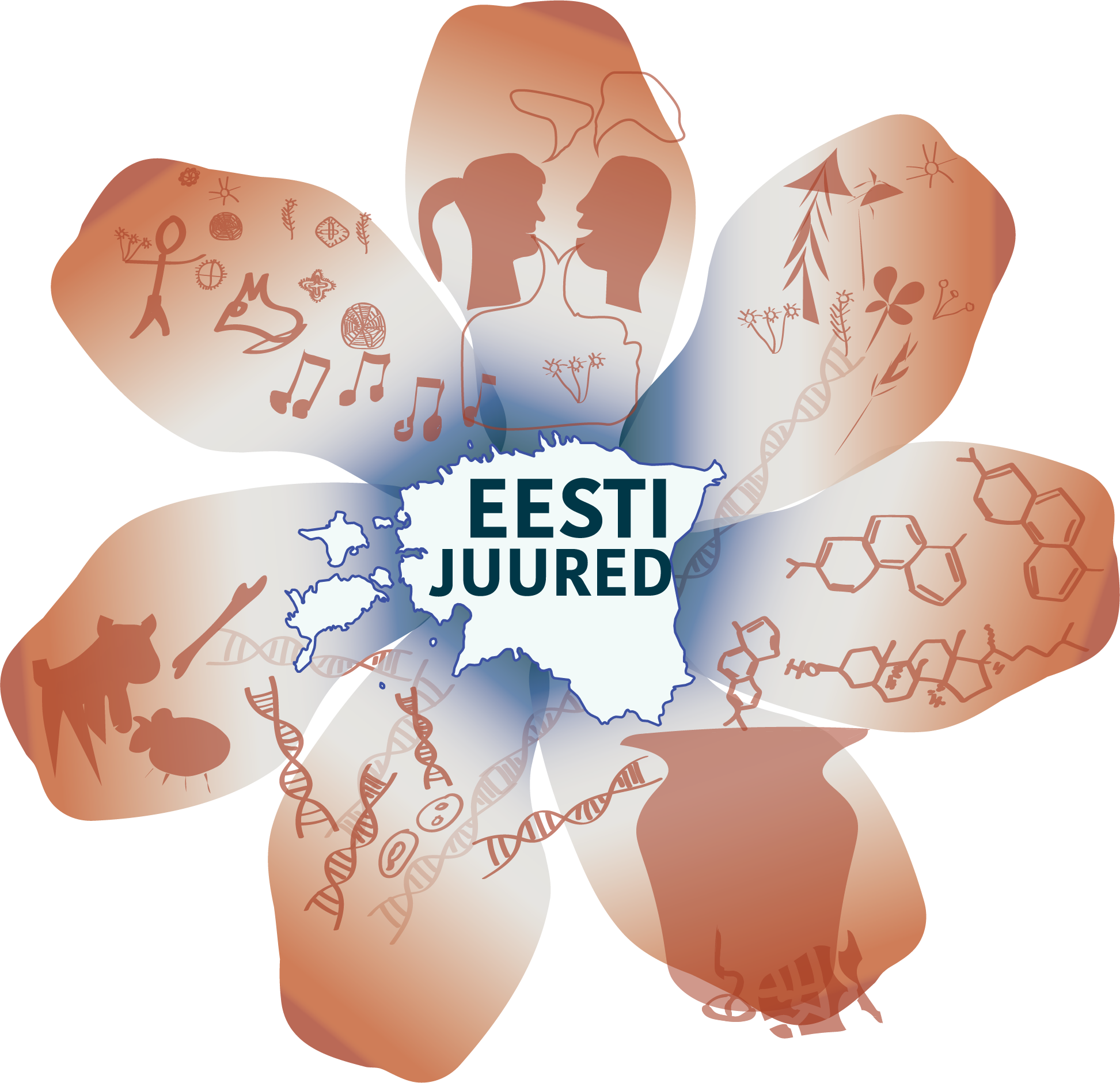Artefacts made out of raw copper that originated from Karelia spread in Fennoscandia and the Baltic already during the Neolithic. One such artefact – a copper chisel – was found at Betooni street in Tallinn in 2020 (close to the former sea coast). The earliest artefacts made out of the smelting of copper with tin, that is, bronze in Estonia, Latvia and Finland belong, however, to the first centuries of the second millennium BC. These were not made locally, but were imported from either the west, that is, Scandinavian or North German areas of the bronze culture, or east, from the region of the Seima-Turbino bronze smelting tradition. Individual finds can originate from other regions, such as the bronze sickle found in Kivisaare that is from contemporary Ukraine.

A number of metal artefacts from the period of the Scandinavian Bronze Age culture (c. 1800/1700-1100 BC) – the amount of which is ever increasing thanks to the work of hobbyist metal detectors – have so far been found: in Estonia over 20 artefacts, in Finland over 50, but in Latvia just less than 10. Their distribution entails mainly the coastal area in Finland, although spreading sporadically further inland and North Finland also. Such objects have been found in all the regions of Estonia, whereas in Latvia they are concentrated to the western and central regions of the country. For the most part they consist of axes, but also swords and spearheads are known from Finland. Two axes and one spearhead have also been found to the east of Lake Peipsi by the Lake Ilmen.
The amount of finds connected to the Seima-Turbino transcultural phenomenon (c. 2150-1600 BC) is currently known in total to be seven in Estonia, five in Finland and one in Lithuania; also their amount is increasing. These finds are spearheads, axes and their pieces, daggers and knives. High-quality metal artefacts of the Seima-Turbino group have been found from an outstandingly large area in Eurasia – from West Siberia to the Baltic Sea -, whereby one of the largest concentrations that is closest to us is situated in the confluence of the Volga-Kama region.
The Seima-Turbino phenomenon is called transcultural, since the distribution of artefacts characteristic of it contains many contemporary cultures. These artefacts have largely been accepted as prestige items that spread as a result of intense exchange from their place of manufacture in the resource-rich Ural-Altai region. As they are mostly weapons, it is possible that they were left in the ground during actions of war. Many linguists have regarded the carriers of the Seima-Turbino phenomenon to be Uralic warrior-traders.



